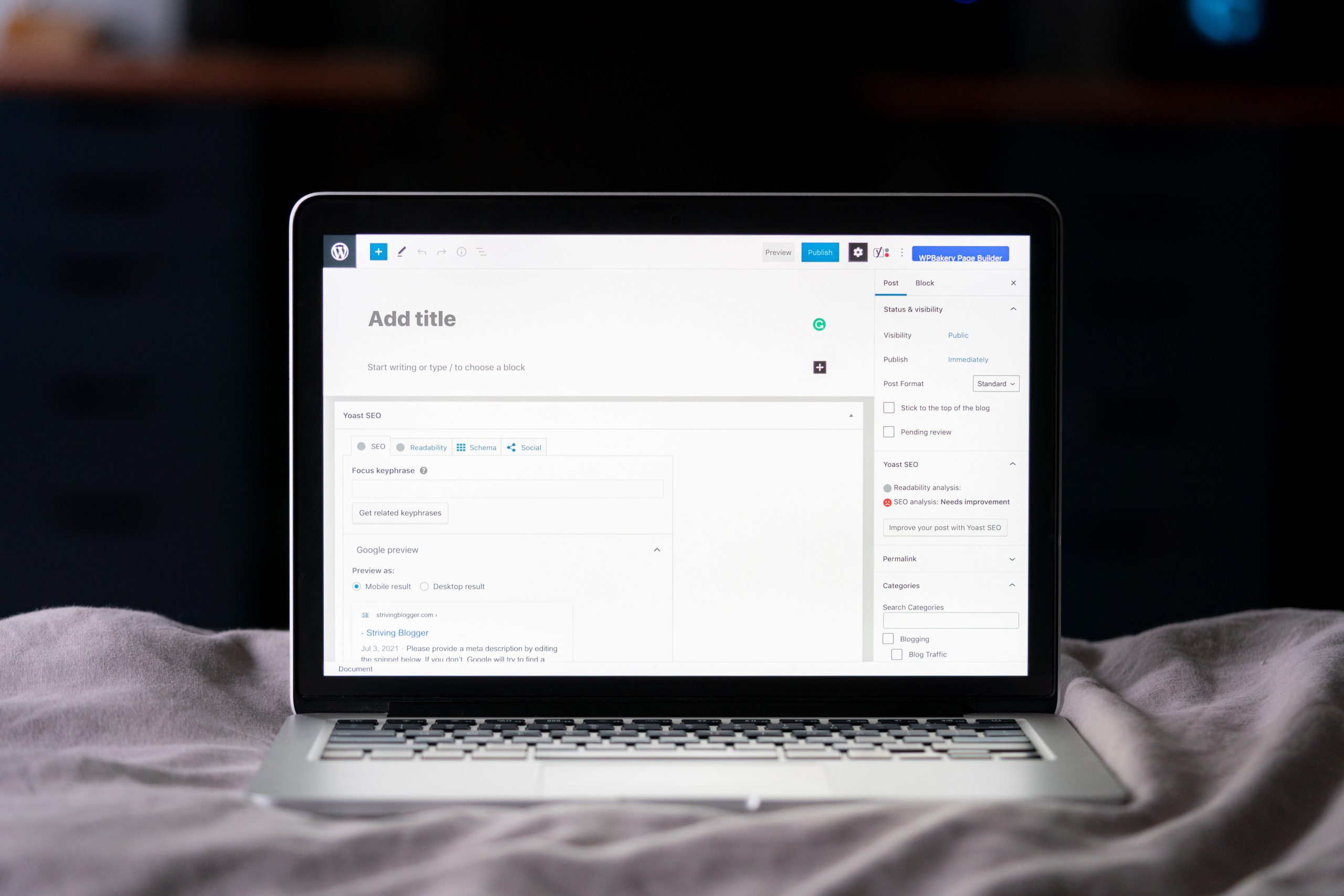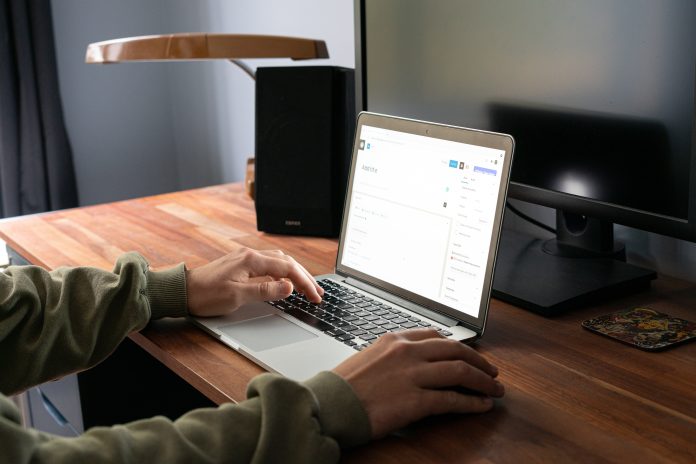In WordPress, the homepage serves as the virtual front door to your website. While WordPress defaults to displaying your latest posts on the homepage, you may want to create a unique, custom landing page that captivates visitors and aligns with your brand. Fortunately, customizing your homepage is a straightforward process that doesn’t require extensive coding knowledge. In this step-by-step guide, we’ll walk you through the process of setting up a custom home page in WordPress, allowing you to create a compelling first impression for your website visitors.

Table of Contents
Step 1: Access Your WordPress Dashboard
To begin, log in to your WordPress dashboard by entering your username and password. This will take you to the backend of your website where you can make changes to its settings and content.
Step 2: Create a New Page
Navigate to the “Pages” section in the left-hand menu and click on “Add New.” This will open a new page editor where you can create the content for your custom home page.
Step 3: Design Your Custom Home Page
In the page editor, you have the freedom to design your custom home page to your liking. You can add text, images, videos, and other elements using the intuitive block editor. Consider incorporating engaging content that reflects the purpose and essence of your website. There are a lot of plugins any WordPress designer can use.
Step 4: Save Your Custom Home Page
Once you’ve designed your custom home page, click the “Publish” button on the top-right corner of the page editor. This will save your changes and make the page accessible on your website.
Step 5: Set Your Custom Home Page as the Front Page
Now that you’ve created your custom home page, it’s time to set it as the front page of your website.
1. Go to the WordPress dashboard and navigate to “Settings” in the left-hand menu.
2. Click on “Reading” to access the reading settings.
3. Under the “Your homepage displays” section, select the option for a static page.
4. In the dropdown menu for “Homepage,” choose the custom page you created in Step 3.
5. Save your changes by clicking the “Save Changes” button at the bottom of the page.
Step 6: Create a Blog Page (Optional)
If you want to include a blog section on your website, you’ll need to create a separate page for your blog posts.
1. Go back to the “Pages” section in the WordPress dashboard.
2. Click “Add New” to create a new page.
3. Name the page “Blog” or any other title you prefer.
4. Save and publish the page.
Step 7: Set Your Blog Page
To ensure your blog posts are displayed correctly, you need to assign the newly created page as the designated blog page.
1. Navigate to “Settings” > “Reading” in the WordPress dashboard.
2. Under “Your homepage displays,” select the option for a static page.
3. In the dropdown menu for “Posts page,” choose the page you created for your blog.
Step 8: Customize Your Homepage (Optional)
WordPress offers a wide range of customization options, allowing you to further enhance the appearance and functionality of your custom home page. You can explore themes, install plugins, and even delve into CSS customization if you have advanced coding skills.
Setting a custom home page in WordPress empowers you to create a captivating first impression for your website visitors. By following this step-by-step guide, you’ll be able to design a unique landing page that aligns with your brand and effectively communicates your message. Remember, the flexibility and user-friendly interface of WordPress make it easy for both beginners and experienced users to customize their websites to perfection. With a custom home page, you’re well on your way to providing a memorable and engaging experience for your audience.
